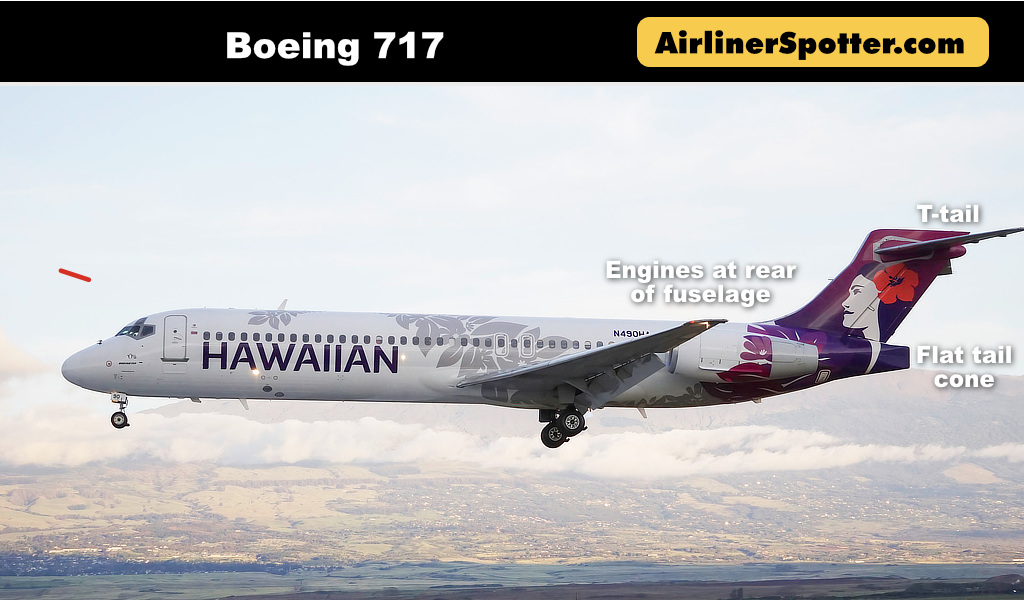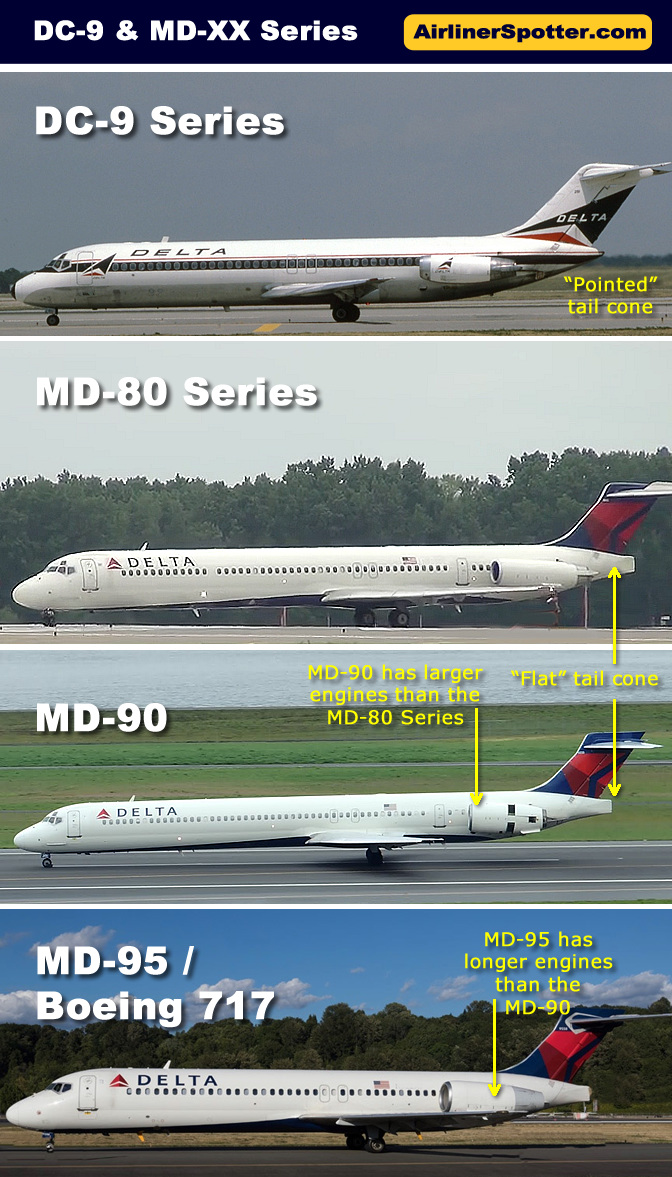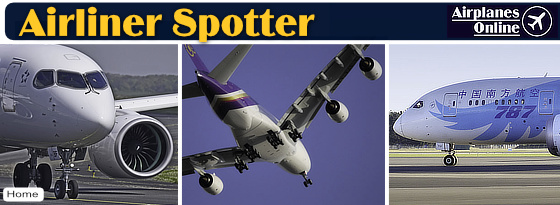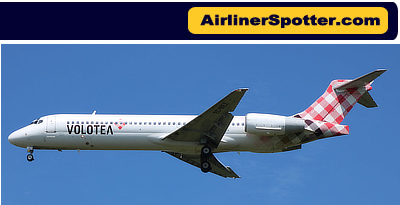Boeing 717 Spotting Guide
The Boeing 717 is a twin-engine, single-aisle jet airliner, developed for the 100-seat market.
The T-tail 717 airliner was designed and originally marketed by McDonnell-Douglas as the MD-95, a derivative of the and MD-80 family.
Capable of seating up to 134 passengers, the 717 has a design range of 2,060 nautical miles (3,815 km). It is powered by two Rolls-Royce BR715 turbofan engines mounted on each side of the rear of the fuselage.
Boeing 717 Background and Development
The first order was placed in October of 1995 by ValuJet Airlines (later AirTran Airways); McDonnell-Douglas and Boeing merged in 1997 prior to production.
The airliner entered service in 1999 as the Boeing 717. Production ceased in May 2006 after 156 were built.
Boeing 717 Photographs
| Boeing 717 with its twin-engines mounted on the aft of the fuselage |
 |
The Bloodlines of the Boeing 717: DC-9 and MD Series
| The original Douglas DC-9 featured a "pointed" tailcone, while the MD-80 Series airliners utilize a "flat" tailcone. The later McDonnell-Douglas MD-90 has larger engines than the MD-80 Series. The Boeing 717, while shorter than the MD-90, has engines which are longer in length, as shown in the side-by-side comparison chart below. |
 |

